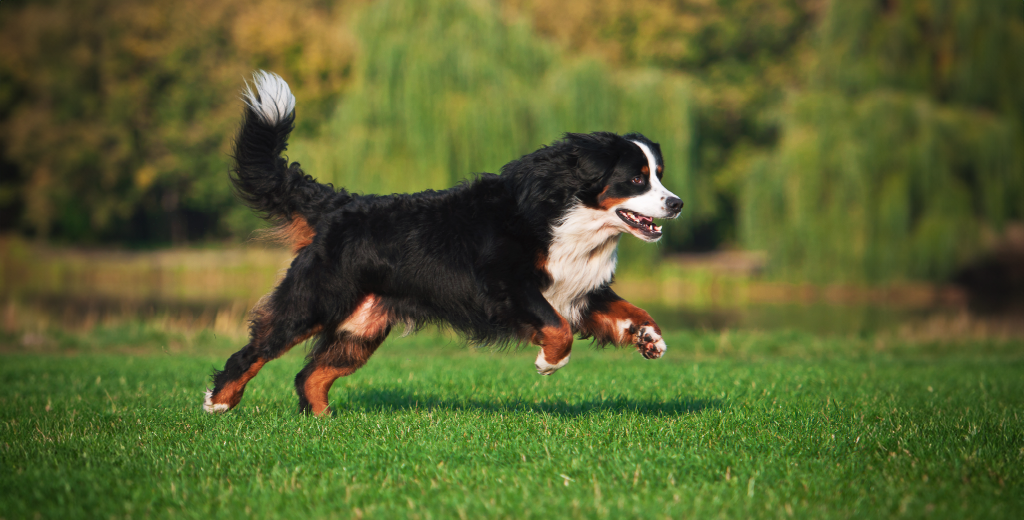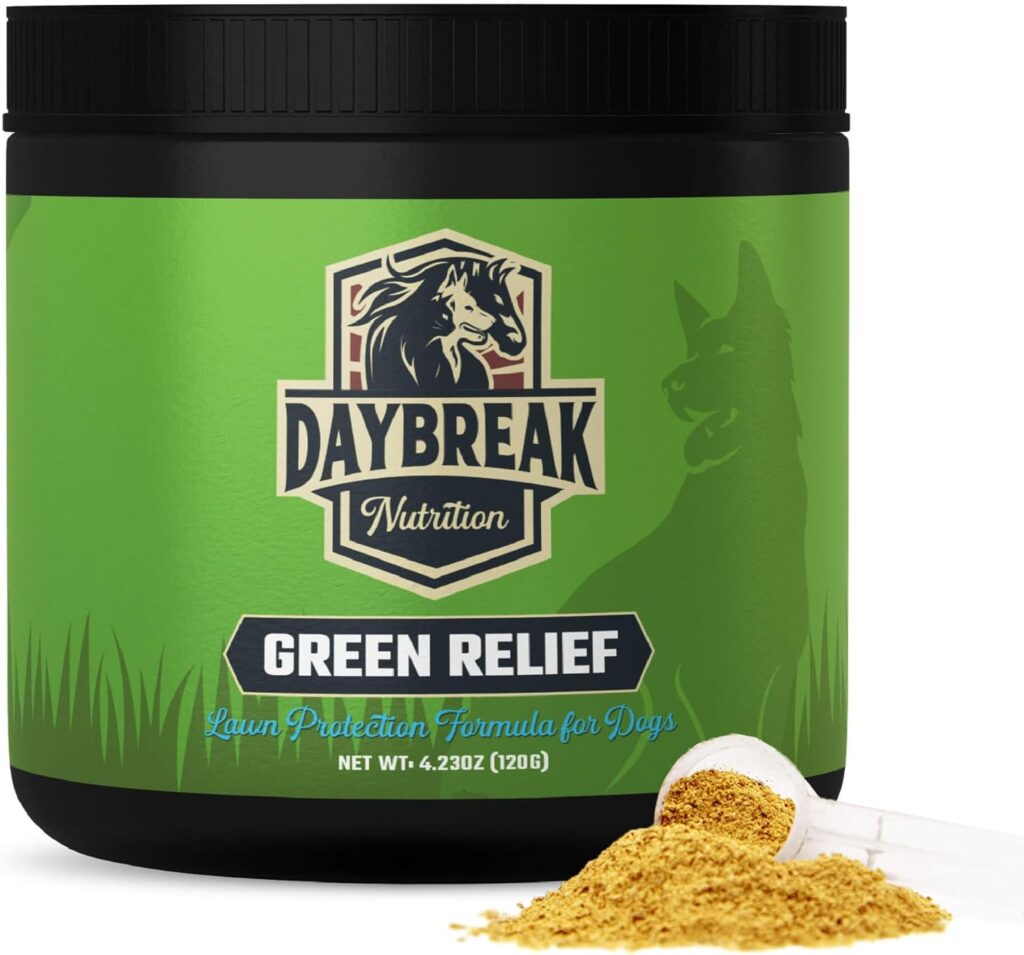If you’re a dog owner, you’ve likely noticed yellow or brown spots in your yard where your dog tends to pee.
These unsightly patches can be frustrating, especially when you’re trying to maintain a lush, green lawn.
Dog urine contains high levels of nitrogen, which in small amounts can be beneficial to plants.
However, when concentrated in one spot, it acts like fertilizer, causing the grass to burn and die.
In this blog, we’ll explore five effective ways to stop dog pee from killing grass and keep your lawn looking healthy.
Let’s dive in!
What Causes Dog Pee to Kill Grass?
The main culprit behind dog pee damaging grass is its high nitrogen content.
While nitrogen is a key nutrient that plants need to grow, the concentrated amount in dog urine is too much for the grass to handle.
As a result, the nitrogen causes the grass to yellow and die.
Other components of dog urine, such as salts and urea, can also contribute to the burning effect.
Additionally, the acidity in the urine can lower the pH of the soil, making it less favorable for grass to grow.
5 Ways to Stop Dog Pee from Killing Grass
1. Use a Dog Urine Grass Neutralizer Powder
One of the most effective ways to stop dog pee from killing grass is by using a dog urine grass neutralizer powder.
These specially formulated powders are designed to neutralize the harmful effects of dog urine by balancing the pH and reducing nitrogen concentration in the soil.
By sprinkling the powder in food that your dog eats, you can help protect the grass and prevent unsightly brown patches.
Many of these products contain natural ingredients like cranberry and probiotics that break down the harmful elements in urine, promoting a healthier lawn without harming your pet.
Out of all of the grass neutralizers we’ve tried, my dog loves Daybreak’s new Green Relief Dog Neutralizer Powder.
Daybreak’s Green Relief is the perfect solution to protect your lawn from the damage caused by dog urine.
Formulated with L-Methionine, Yucca, cranberry extract, and probiotics, it naturally balances your dog’s urinary pH and neutralizes nitrogen compounds that burn grass, resulting in a lush, green yard.
This easy-to-use powder simply mixes into your dog’s food, ensuring consistent dosing without the hassle of water additives or tablets.
By preventing urine damage at the source, Green Relief saves you time and money on lawn repairs while allowing your dog to enjoy your yard freely.
Simply follow the directions on the back and you’re good to go!
2. Train Your Dog to Pee in a Designated Area
Training your dog to use a specific spot in the yard for bathroom breaks can help minimize the damage to your grass.
If you have a designated “pee area” covered with mulch, gravel, or a dog-friendly potty patch, you can limit the exposure of your lawn to urine.
By doing this, the rest of your lawn remains unaffected, and your dog’s bathroom habits are kept contained in a small, easily maintained space.
Training your dog to use this area consistently can significantly reduce the frequency of urine damage across your entire yard.
3. Water Down the Urine Spot Immediately
One of the simplest ways to prevent dog urine from killing grass is by watering down the area immediately after your dog pees.
The water helps dilute the nitrogen and other compounds in the urine, preventing them from burning the grass.
You can carry a watering can or hose to the spot, or create a habit of following your dog around to water down the area right after they finish their business.
This simple step can make a huge difference in preserving the health of your lawn.
4. Fertilize Your Lawn Regularly
A healthy lawn is more resilient to the effects of dog urine.
By regularly fertilizing your lawn with a balanced fertilizer, you can promote the growth of strong, healthy grass that can better tolerate the nitrogen in dog urine.
Use a fertilizer with a higher potassium content, as it can help grass better resist the damage caused by excess nitrogen.
Fertilizing also ensures that your grass is properly nourished, so it can recover more quickly from any damage that does occur.
5. Adjust Your Dog’s Diet
Sometimes, the intensity of the damage caused by dog urine can be linked to your dog’s diet.
High-protein diets or an imbalance of nutrients can result in urine with higher nitrogen levels.
To reduce the impact of dog urine on your grass, consult with your veterinarian about adjusting your dog’s diet to reduce nitrogen output.
Providing your dog with a balanced, high-quality diet can help lower the nitrogen concentration in their urine, making it less likely to cause harm to your lawn.
Stop Dog Pee from Killing Your Grass
Dog urine can cause frustrating damage to your lawn, but with the right steps, you can protect your grass and maintain a lush, green yard.
Giving your dog a urine grass neutralizer powder, training your dog to pee in a designated area, watering down urine spots immediately, fertilizing your lawn, and adjusting your dog’s diet are all effective ways to reduce the impact of dog pee on your grass.
By following these strategies, you can enjoy a healthy lawn while keeping your dog’s bathroom habits in check.
If you continue to experience problems with your lawn, consult with a professional landscaper or veterinarian for additional advice on managing dog urine damage.
Thank you for reading!
Affiliate Disclosure
Some of the links on this site are affiliate links. This means that if you click on the link and purchase the item, we may receive an affiliate commission at no extra cost to you. I only recommend products or services that I believe will add value to my readers, however some (not all) do pay us to be on this blog. Your support and theirs helps keep this blog running, and I genuinely appreciate it.
Medical Disclaimer
The information provided on this website is for educational purposes only and is not intended as medical advice. The content shared here is not written by a licensed veterinarian, and it should not be used as a substitute for professional veterinary diagnosis, treatment, or advice. Always consult with your veterinarian or other qualified pet healthcare provider before starting any new treatment or making changes to your pet’s health regimen.

